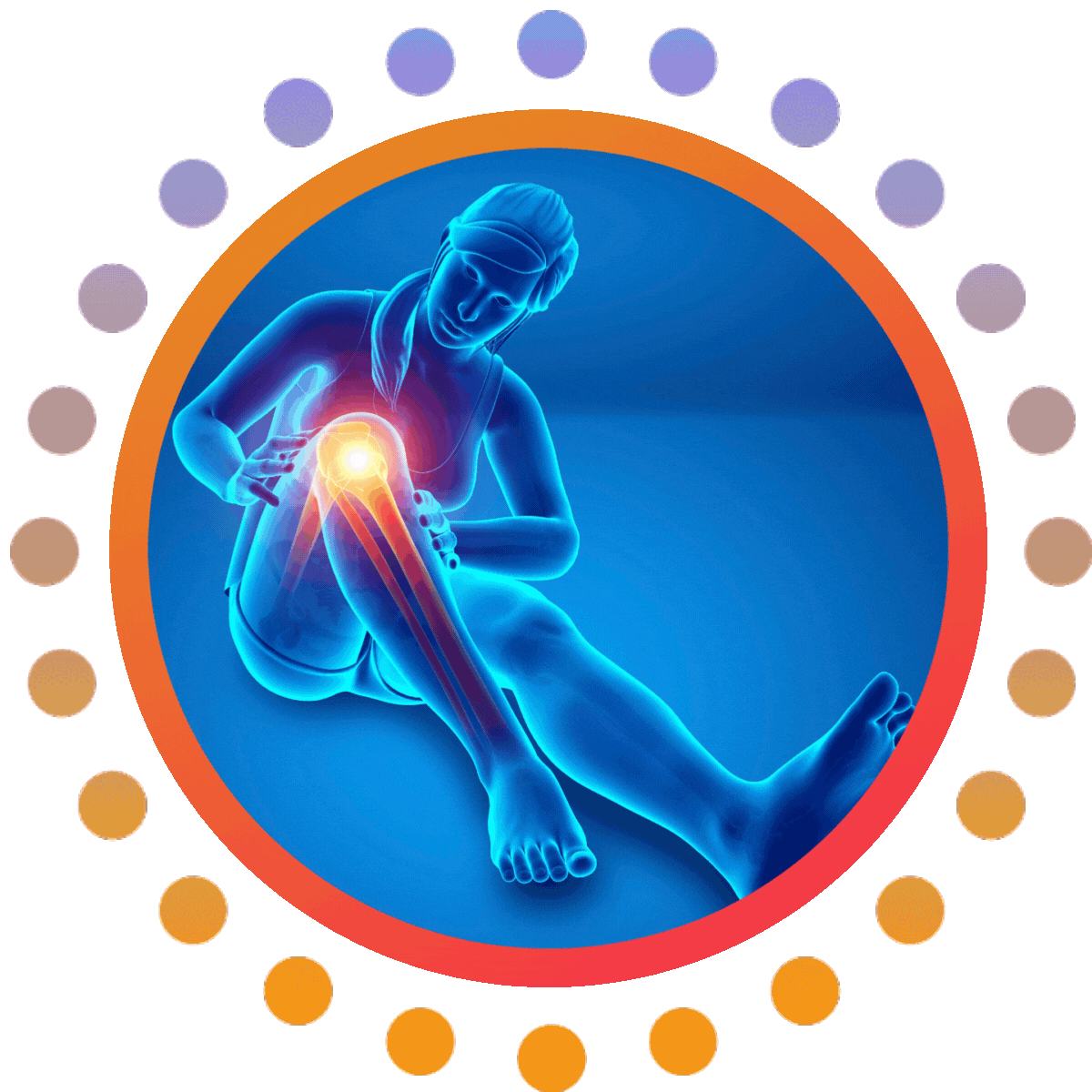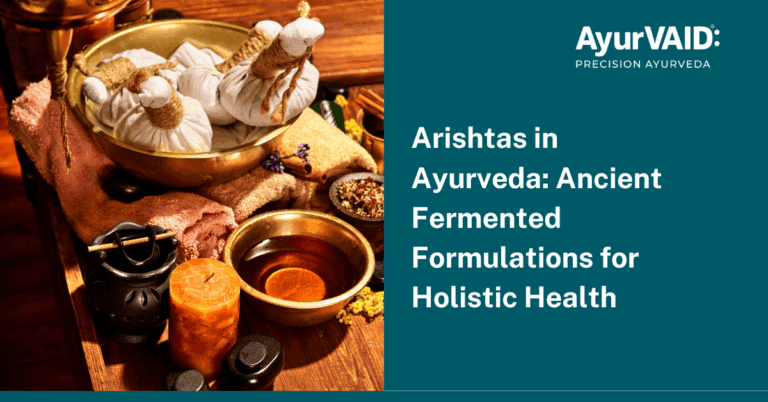
Web Stories
Step Into the Story: Explore Now
Introduction
The winter season can be very tough for individuals suffering from joint pain. Environmental triggers such as cold temperatures, and low air pressure can worsen joint pain in winters. These changes can lead to stiff muscles, contracting connective tissues, and increased sensitivity to pre-existing conditions like arthritis. Decreased physical activity during winter and decreased body circulation can also aggravate the pain. Joint Pain in Winter Remedies becomes crucial, with Ayurveda offering comprehensive solutions to alleviate symptoms.
According to Ayurveda, Vata dosha gets aggravated in winter due to dry, cold weather. This can exacerbate conditions of joint pain. In this blog, let’s discuss how Ayurveda remedies for joint pain facilitate easy movement and strengthen the muscles.

Joint Pain in Winter - Remedies
As per Ayurveda, joint pain is considered Sandhi Shoola, characterized by stiffness, inflammation, and pain in the joint. Ayurveda for Joint Pain approaches healing by addressing the root cause of discomfort by bringing down the aggravated Vata, improving joint health and overall well-being.
Apollo AyurVAID delivers exceptional outcomes based on protocol-driven approaches including classical Ayurveda medication and therapies. We target functional rehabilitation, complemented by personalized diet and lifestyle adjustments in joint pain. These are explained in detail in the coming sections.
The extent of relief from pain depends on the root cause of joint pain (osteoarthritis, rheumatoid arthritis, lumbar spondylosis, cervical spondylosis, etc.), comorbidities, age, and chronicity of the disease. Based on these factors, the treatment modalities will vary. Let us now explore the steps you can take to manage joint pain in winter.
Panchakarma Therapies
External therapies including Panchakarma effectively manage joint pain during the winter season. Since digestive capacity and physical strength are at their peak in winter/Hemanta, it is an ideal time to undergo these procedures to obtain lasting and sustainable relief.
- Applying warm, infused oils to the affected area helps alleviate pain and stiffness while enhancing mobility.
- Swedana is a pre-procedure where the afflicted area is made to sweat using steam or poultice. This is particularly useful for reducing stiffness.
- Virechana -therapeutic purgation can alleviate swelling, redness, and warmth in joints, thus reducing the inflammatory signs.
- Vasti is a therapeutic procedure in which medicated oils or herbal decoctions are administered through the rectum. This modality effectively targets the root cause of joint pain, i.e., Vata dosha.
- Medicated oil retention across different bodily parts, such as the knee joints, lower back, and neck region, can help alleviate pain and stiffness and improve mobility.
- Administering medicated oils through the nasal passages known as Nasya reduces upper body pain and stiffness, especially in neck pain.
- Kashaya Dhara – pouring decoction, Ksheera Dhara – pouring medicated milk, and Dhanyamla Dhara – pouring dhanyamla over the site reduces the inflammation, and soothes the surrounding tissues of the joint.
Pichu is a therapeutic procedure where a cotton pad soaked in warm, medicated oil is applied over the site. This alleviates the pain and strengthens the joint.
Physical Exercises
Certain gentle exercises and yoga poses can relieve joint pain.
Chair Pose strengthens legs, Tree Pose enhances balance, and Cat-Cow stretch increases spine flexibility. Child’s Pose promotes relaxation and relief.
These should be practiced under the guidance of trained yoga practitioners to avoid hurting oneself while attempting them.
Dietary Modifications
Ayurveda offers dietary tips for managing joint pain. It focuses on balancing the Vata dosha and reducing swelling. Proper diet habits and lifestyle modifications will greatly improve joint health, and mitigate pain. Some of the important tips are:
- Do not eat cold foods. Cold water, beverages, and ice cream can increase Vata dosha, leading to aggravation of pain and stiffness.
- Certain grains like barley, and fermented foods like bread, rusk, and whey can harm the joint tissues.
- Black gram, red rice, and wheat are recommended in joint pain condition
- Consuming dry or excessively processed meats can aggravate symptoms.
- Too much salt and spicy food consumption should be avoided and moderated.
- Add warm, light foods like vegetable soups and khichdi to your diet.
- Use spices such as turmeric, ginger, cumin, pepper, and garlic in your food.
- Avoid potatoes, curd at night, dry meat, jamun and beans to prevent inflammation.
NOTE: The mentioned spices should be used in moderation, and we do not recommend using them as dietary supplements.

Lifestyle Modifications
Ayurveda recommends several lifestyle modifications that will help manage joint pain very effectively. Some of the common ones are—
- Maintaining a sleep schedule is essential for faster recovery and overall health.
- Warm oil massage helps improve circulation and reduce stiffness.
- Meditation and Pranayama can reduce stress, and anxiety and help tissue recovery and better sleep.
- Reducing weight can reduce the pressure on weight-bearing joints, especially knees.
- Avoiding cold places can prevent aggravation of Vata.
- Drinking warm water can keep you lubricated and aid in balancing the doshas.
Key Recommendations
- Applying heat over painful joints relaxes muscles, improves blood circulation, and relieves pain.
- Regular physical exercises help to keep your mobility and reduce pain.
- Drink enough fluids to maintain hydration, especially in dry winter.
- Reduce stress on weight-bearing joints by maintaining a healthy weight.
- Incorporating practices such as yoga or meditation will reduce pain perception and emotional well-being.
Conclusion
Joint pain during winter can be treated with Ayurveda interventions like panchakarma, targeted exercise, lifestyle changes, and dietary strategies. Regular sleep, meditation, deep breathing, weight management, and avoiding cold environments are essential for long-lasting relief. Our treatment principle focuses on balancing Vata dosha, increasing circulation, decreasing inflammation, and improving joint health. This root cause management approach facilitates successful pain management and restoring overall quality of life.
References
- Kamdi, D P k, Urade, D R (2023). DIFFERENT METHODS OF PAIN MANAGEMENT IN AYURVEDA- A REVIEW. Sanjeevani Darshan National – Journal of Ayurveda & Yoga. https://doi.org/10.55552/sdnjay.2023.1216
- Telang, A et al. (2021). Treating of Joint Pain – Arthritis through YOGA. Journal of Pharmaceutical Research International. https://doi.org/10.9734/JPRI/2021
V33I37B32051 - Rastogi, S et al. (2024). Food related symptom aggravation in joint diseases: Observations from a secondary care Ayurveda arthritis center. International Journal of Ayurveda Research. https://doi.org/10.4103/ijar.ijar_16_24
- Meena, J et al. (2023). UNLOCKING THE ANCIENT WISDOM: AYURVEDIC SECRETS FOR MANAGING SANDHI VATA (OSTEOARTHRITIS) International Ayurvedic Medical Journal. https://doi.org/10.46607/iamj3911082023
- Sharma, S et al. (2019). Pathya & Apathya in Sandhigata Vata: A Bird’s Eye View. International Journal of Health Sciences and Research, 9, 309-314. https://www.semanticscholar.org </paper/a0d7605080cc 6751299af124d2c 01ad326249dd6






